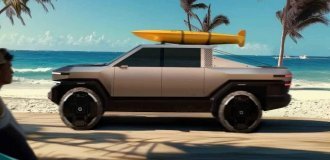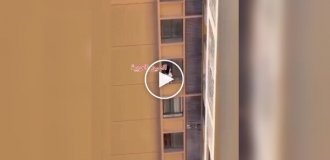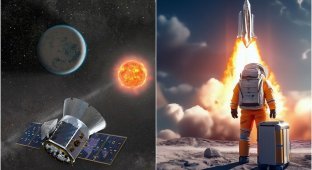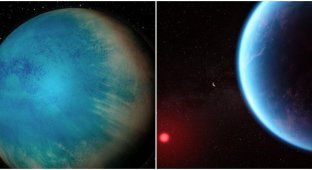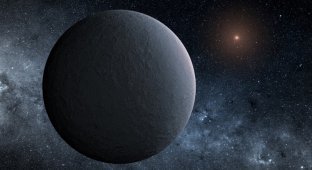Scientists are confident that their find contains both breathable air and an ocean of liquid water. 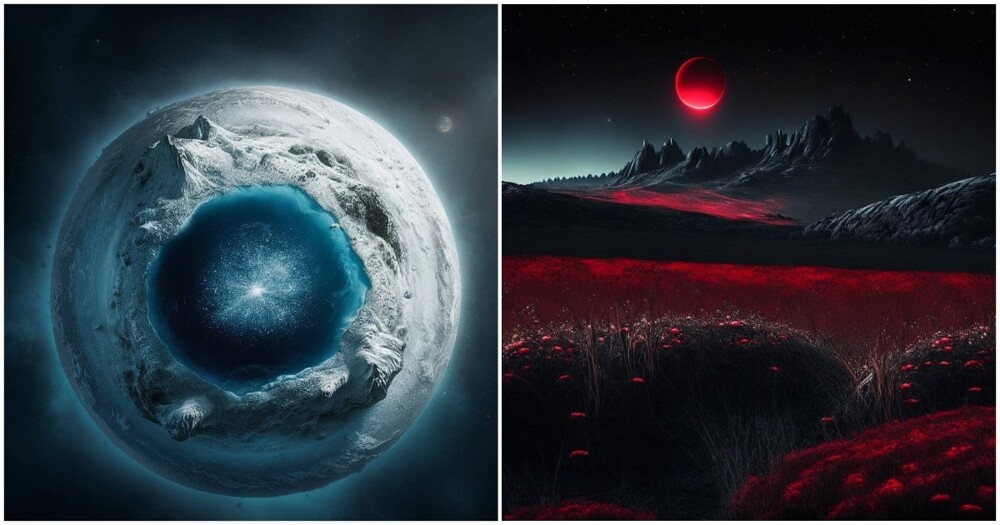
LHS 1140 b was discovered back in 2014, but recent studies have shown that the planet is fraught with many mysteries. This planet is called the eye planet because of its bizarre appearance.
An international team of scientists used NASA telescope observations to analyze the exoplanet's atmosphere. Observations confirmed that it could have water and a nitrogen-rich atmosphere - just like Earth. It is located 48 light years away in the constellation Cetus and is almost 7 times heavier than our planet! 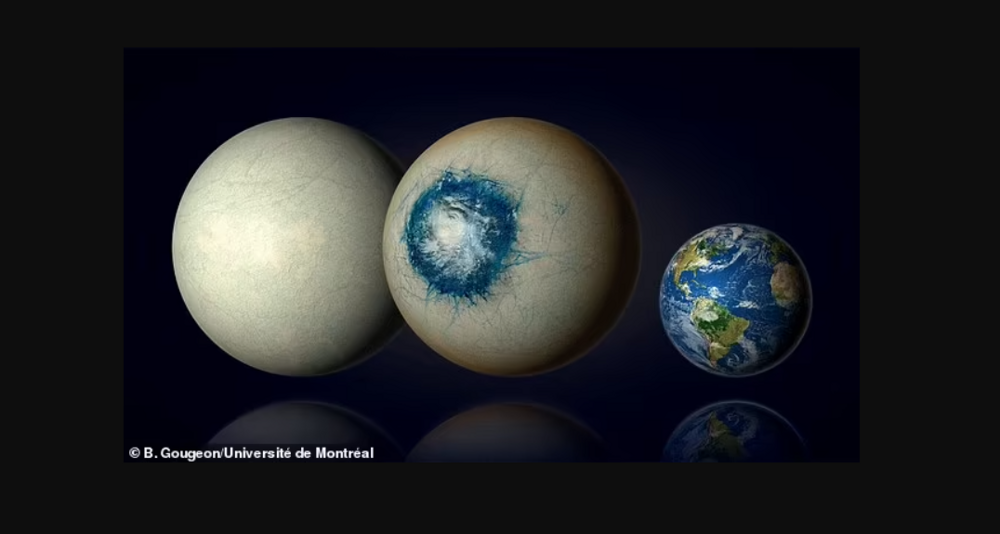
But the local Sun is very tiny, only 1/5 the size of our star. The bulk of the energy from M class stars is emitted in the red and infrared regions of the spectrum. In view of this, it can be assumed that semi-darkness reigns on the surface of the planet. And vegetation, if there is any, should be black in order to ensure maximum light absorption.
Recent analysis has shown that the exoplanet is significantly less massive than an object of its size should be. This left researchers with two options: either LHS 1140 b is a "mini-Neptune" consisting mostly of swirling gas, or it is a "Mega-Earth" covered with liquid or frozen water.
The study found that LHS 1140 b is much more likely to be a “water world” or “snowball” with a rocky core, rather than a gaseous mini-Neptune. 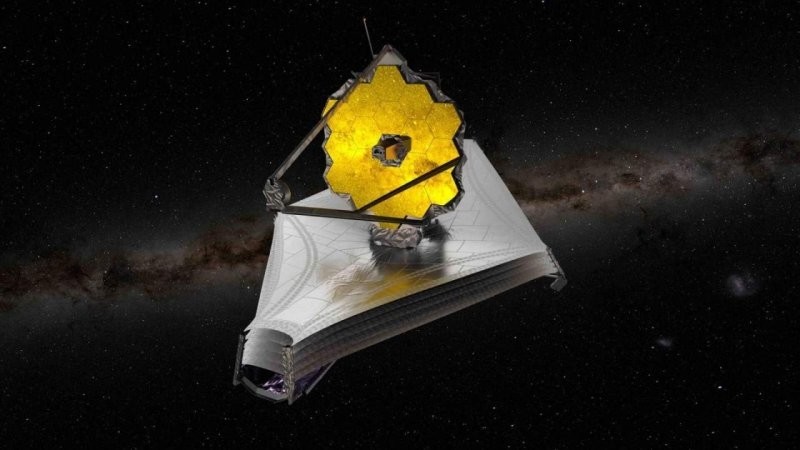
The James Webb Space Telescope, which was used to conduct the observations.
Scientists suggest that the exoplanet has a dense atmosphere and likely has a stable climate. While they don't know exactly what alien life would look like, they're pretty sure it would need liquid water to survive.
University of Michigan astronomer Ryan McDonald noted: “This is the first time we've seen a hint of an atmosphere on a rocky or ice-rich exoplanet suitable for life. We may have found evidence of air there." 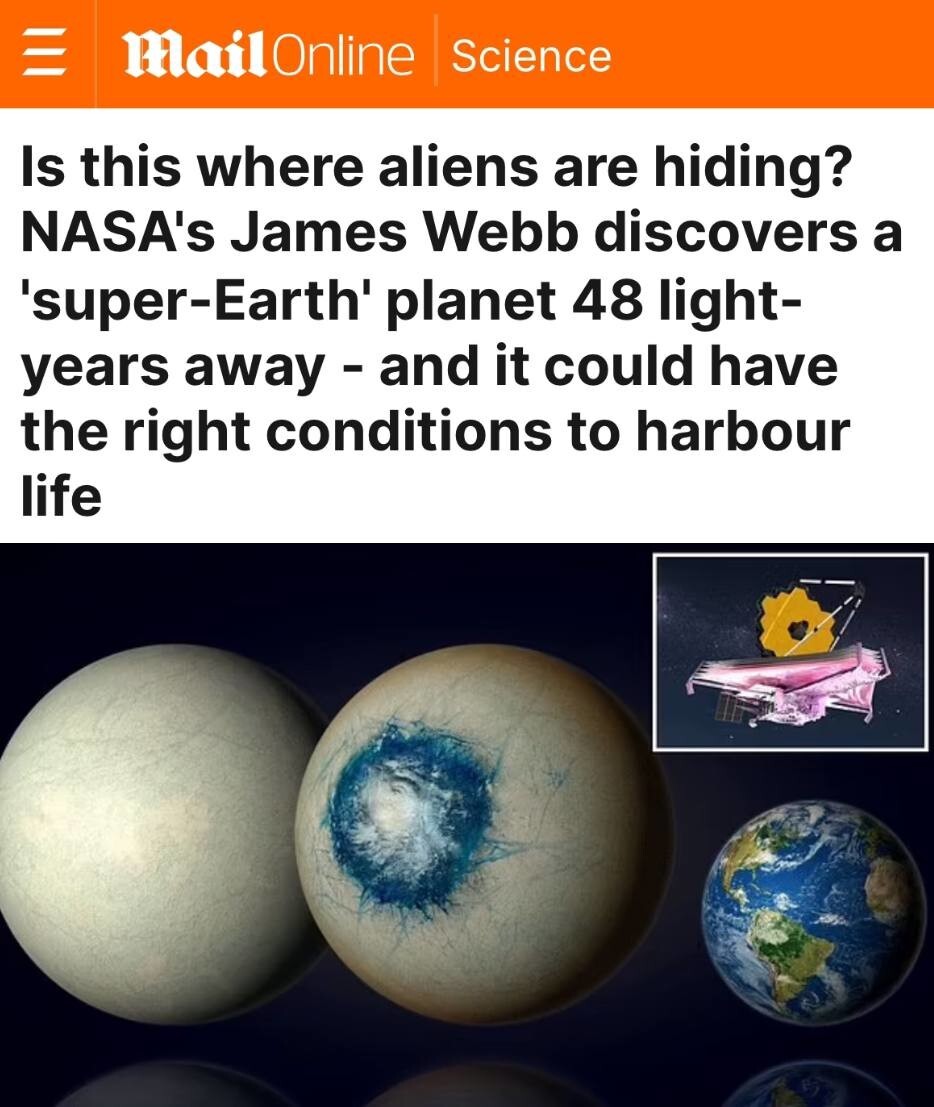
Dr McDonald said: "LHS 1140 b is one of the best small exoplanets in the habitable zone to support a dense atmosphere, and we may have just discovered evidence of air on this world."
But there is one thing, this planet is similar to our Moon, it does not rotate around its axis, and therefore one half of it is always in the shadow.
If LHS 1140 b does indeed have an atmosphere, then the planet's surface likely contains an "Ocean" with a diameter of about 4,000 km, equivalent to half the surface area of the Atlantic Ocean. And the surface temperature of this ocean can reach a pleasant 20°C.
Although this is not the first planet to be discovered within the habitable zone of its star, it provides one of the best opportunities for scientists to study further.
Add your comment
You might be interested in:

